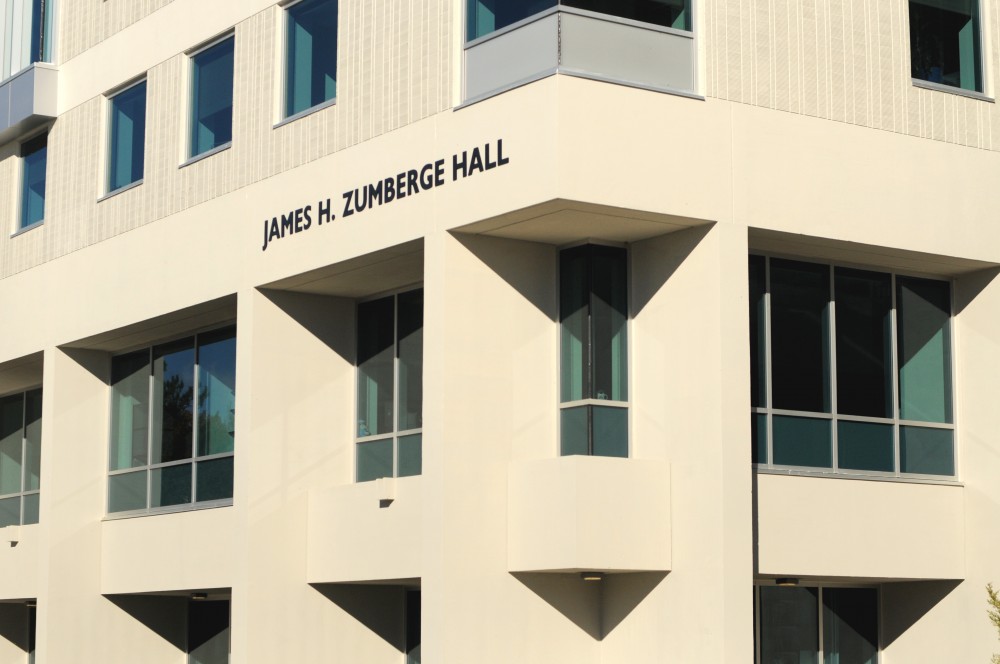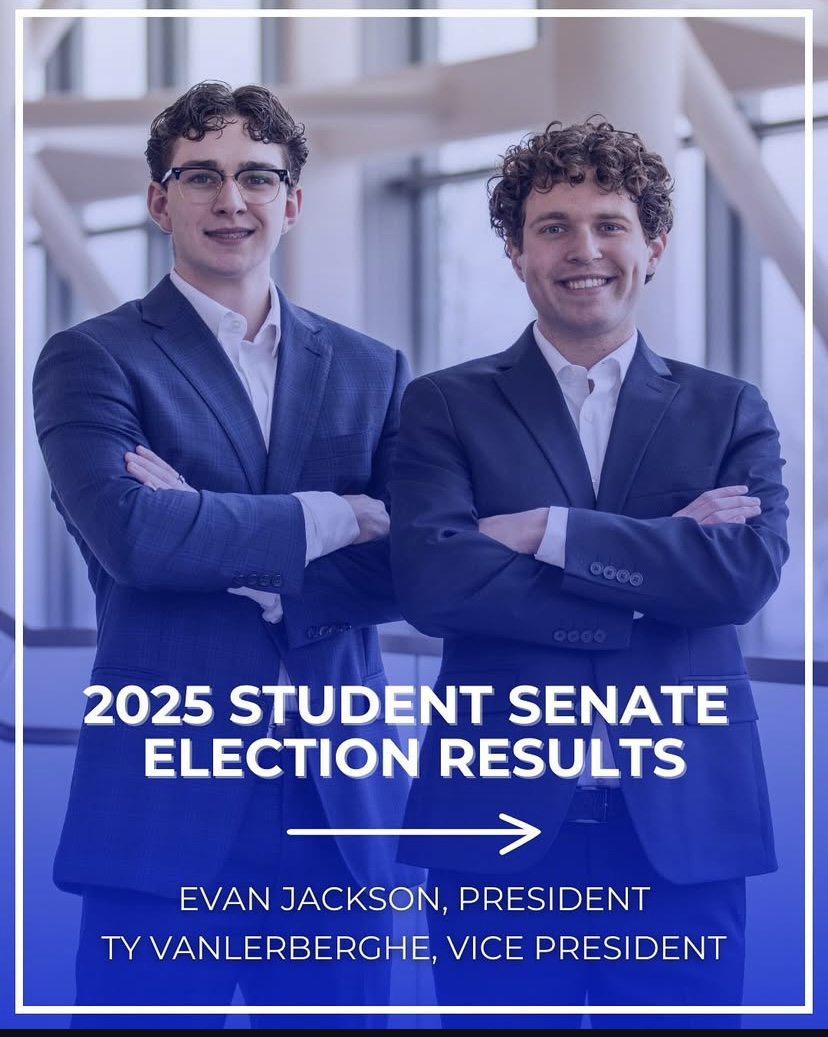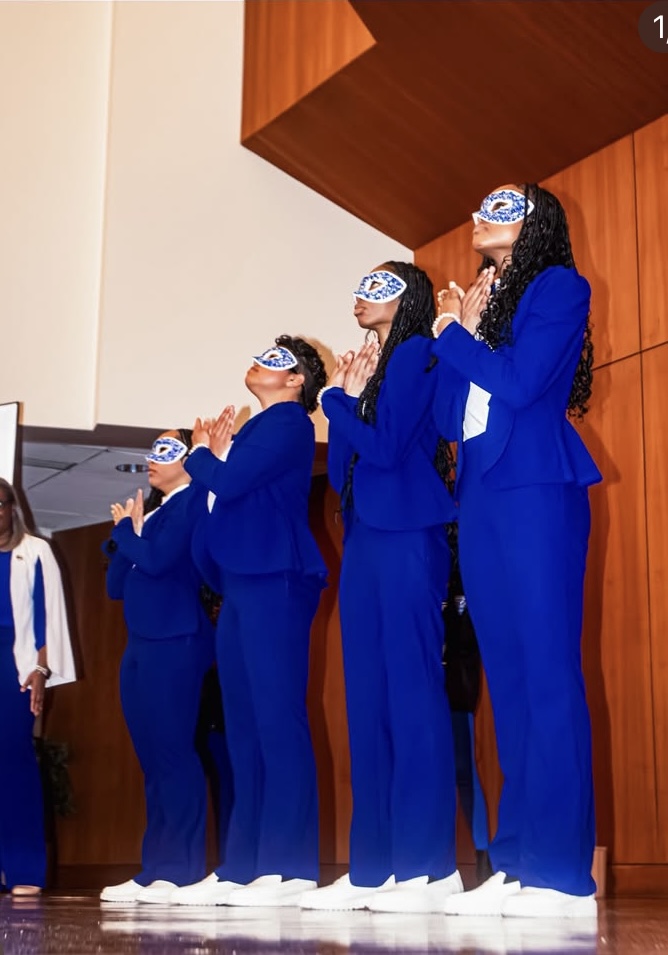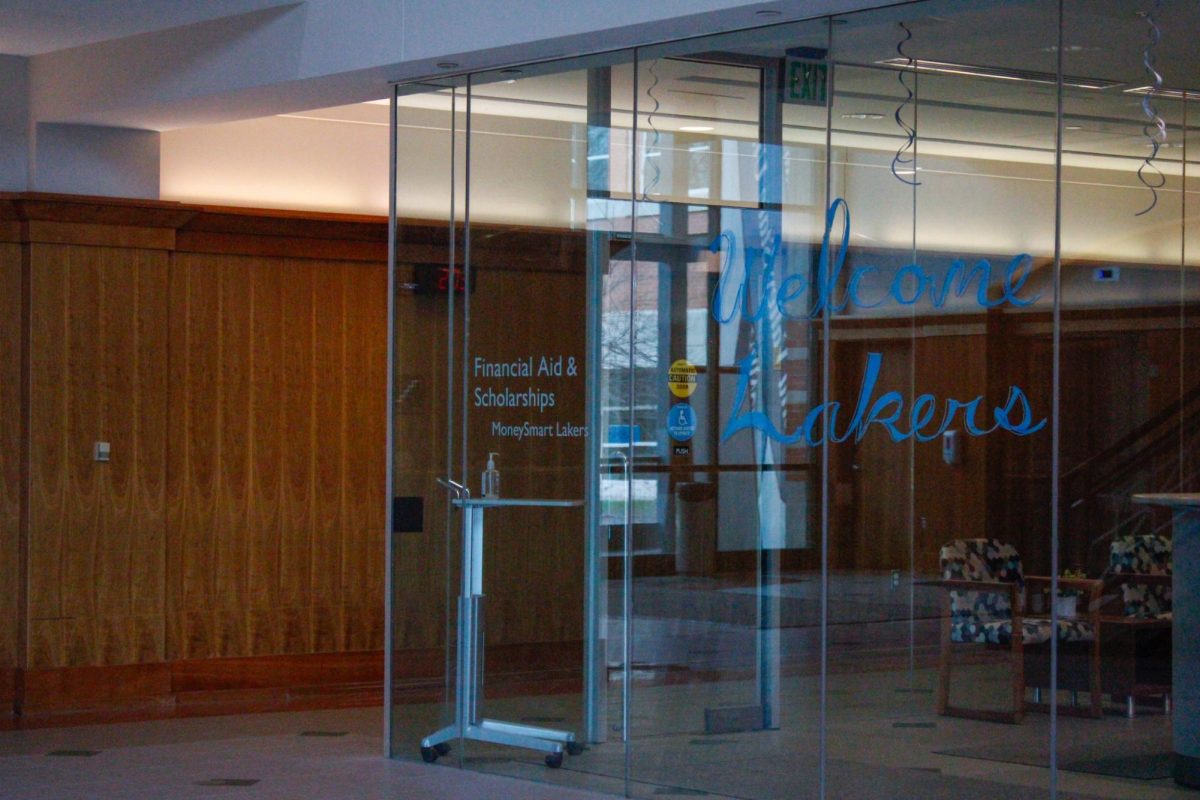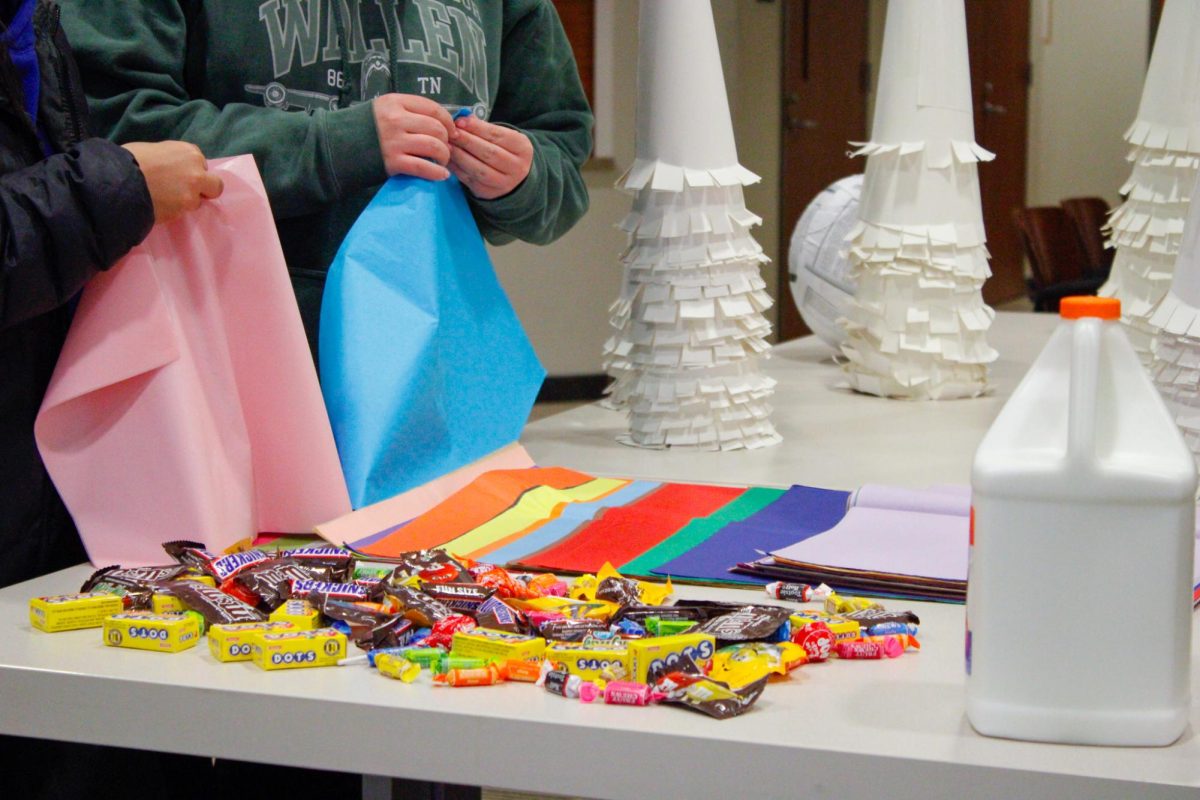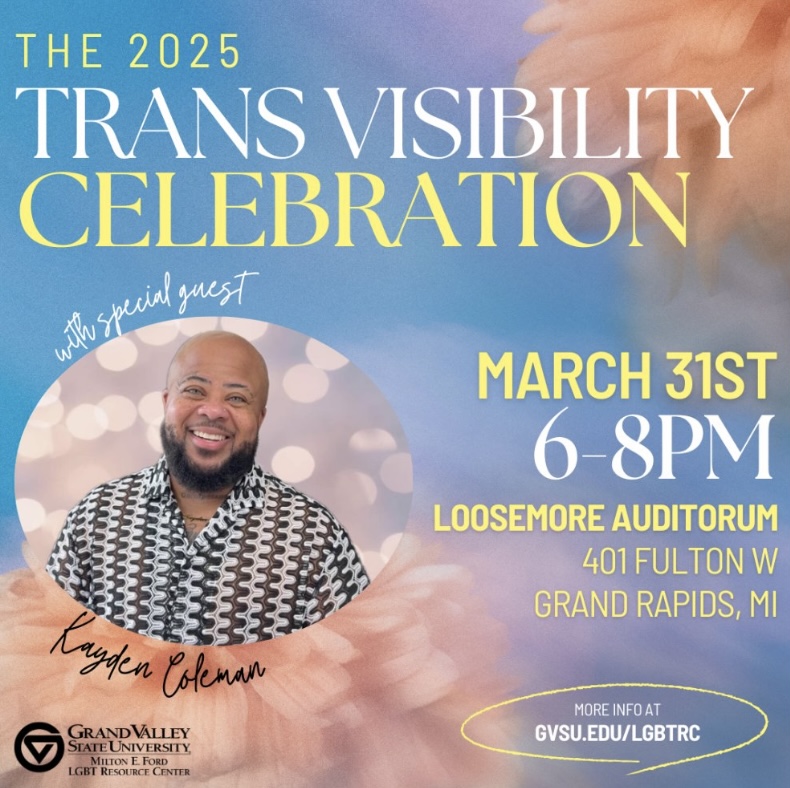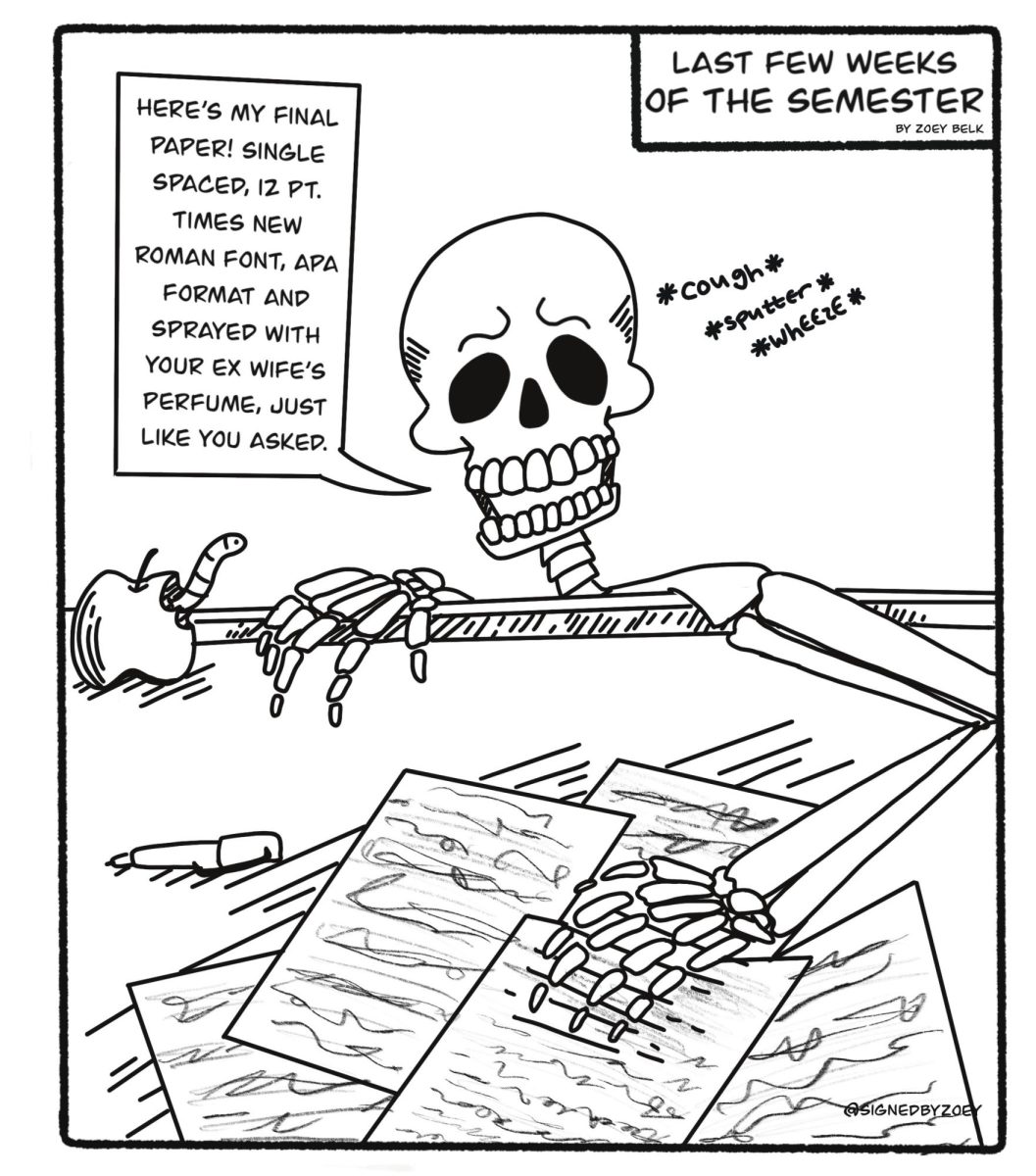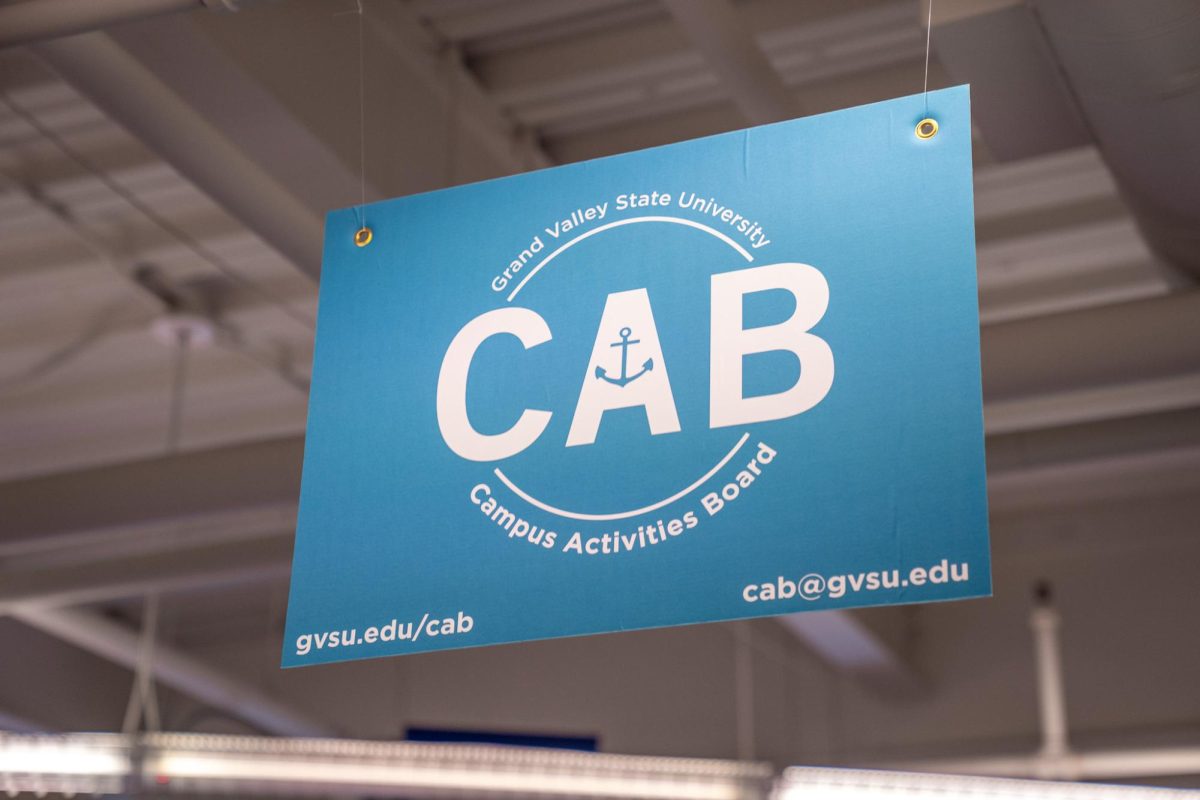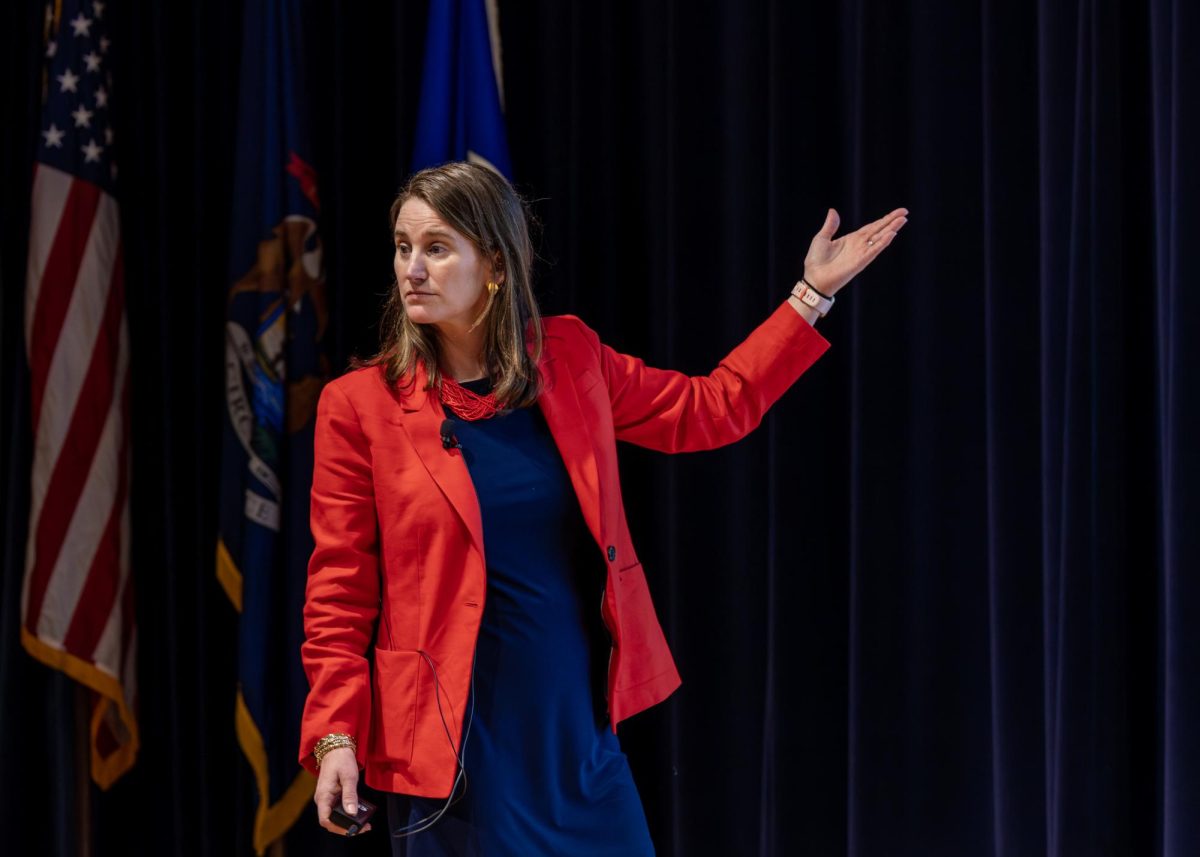GV faculty members adopt brand new teaching methods for student success
Mar 14, 2022

Some Grand Valley State University faculty members are implementing a new way of grading students’ work.
Faculty are moving away from letter grades and towards a practice known as “ungrading,” to keep students focused on learning instead of worrying about the grade they may receive.
Although students are still expected to complete the necessary coursework and participate in class, teachers who use ungrading choose not to grade their students using letters.
Instead, students are encouraged to devote their attention to the material discussed in class instead of worrying about their GPA.
Before letter grades, professors at Yale University in 1785 unknowingly used a system where students would be ranked in four categories based on the quality of work: optimi, second optimi, inferiores and perjores.
This concept then evolved at several institutions until Mount Holyoke University adopted the letter system of grading in 1897.
Grades were generated by percentage increments from zero to 100 and students were given a corresponding title of excellent (A), good (B), fair (C), passed (D) and (E), failed – a system similar to the one used today.
Over a century later, the grading system is starting to evolve once again.
David Eick, a GVSU Pew Faculty Teaching and Learning Center Fellow, said he uses ungrading regularly and has observed the benefits of the practice firsthand.
“The vibe in class is less tense,” Eick said. “Students and I have a better relationship, they know that I trust them. There’s no longer any incentive to cheat or plagiarize. The rigor of my courses is strictly intellectual, not evaluative.”
In addition to this, the COVID-19 pandemic has caused many students and faculty to question the effectiveness of our current style of teaching and grading. After using Zoom and other alternative learning methods for over a year, many professors believe that it’s time for change in the collegiate sphere.
“There’s lots of research suggesting that grades actually hinder learning for many reasons,” Eick said. “Grades cause anxiety which impairs cognition and they’re subjective, varying from instructor to instructor, even from section to section of the same course.”
Even though “ungrading” is a solution to preventing high stress levels, there are still some setbacks to this style of teaching.
After using the method in his classes for nearly two years, Eick said he has noticed that some students have used the leniency of ungrading to avoid completing their classwork.
“A handful of students have taken advantage and taken it easy,” Eick said. “A strong student recently remarked that it’s unfair if she works hard while her classmate doesn’t but still gets a good grade.”
Despite these challenges, feedback from faculty and students alike has been overwhelmingly positive.
Many students, including senior Lisa Sullivan, said it has led them to reflect on their personal relationships with education.
“I would have done a lot better in school if I didn’t have to worry about grades, because as soon as you put that system in place, it takes away a kid’s confidence,” Sullivan said. “I think it’s a good idea to teach in a different way that isn’t so grade-focused.”
“Ungrading” has become a popular practice in honors courses and language departments at GVSU and its reach is expanding.




